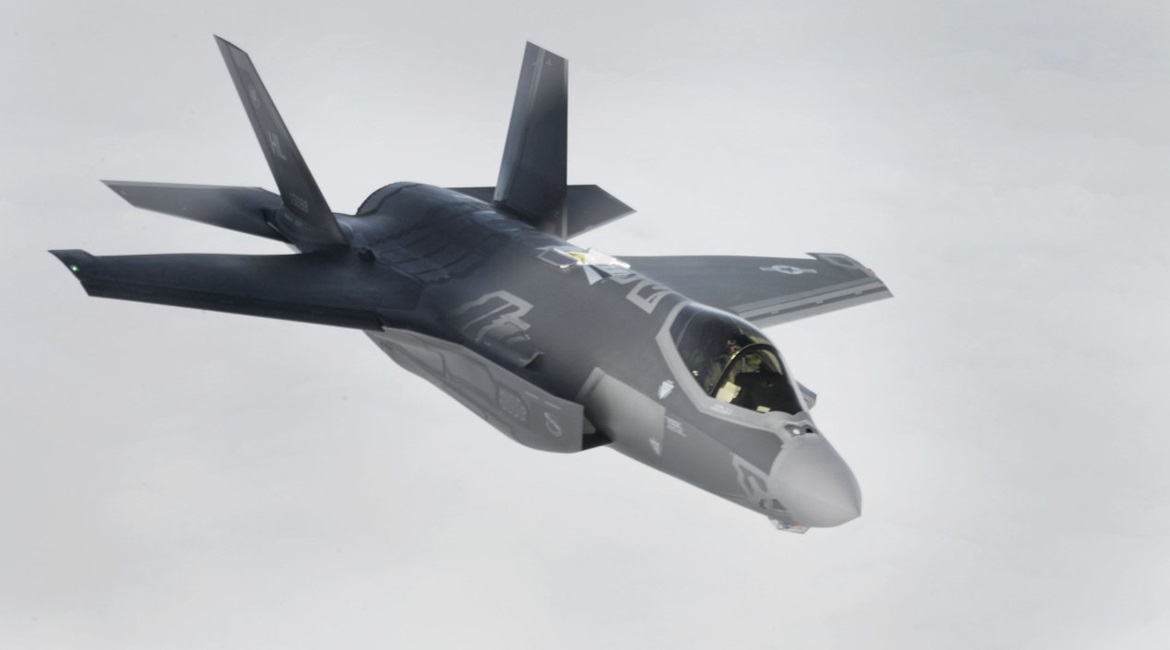
The Pentagon’s Lockheed Martin F-35 Lightning II Joint Strike Fighter (JSF) test fleet has a fully mission-capable rate of 8.7% compared with an 80% goal, causing one watchdog to question whether the programme can accomplish all of its initial operational test and evaluation (IOT&E) test points before the phase ends.
Dan Grazier, military fellow with the Project on Government Oversight (POGO) watchdog group in Washington, DC, said the Pentagon plans to make its full-rate production (FRP) decision by the rapidly approaching end of fiscal year 2019 (FY 2019) or early FY 2020. The fiscal year changes on 1 October. If the F-35 programme cannot accomplish all its IOT&E test points by this deadline, Grazier said the Pentagon cannot make an informed decision on FRP.

Low F-35 test flight availability rates could prevent the Pentagon from making an informed full-rate production decision, which could most likely come before the end of 2019. Pictured is the USAF F-35A. (US Air Force)
The FY 2016 Director of Operational Test and Evaluation (DOT&E) report called for an 80% availability rate to conduct an efficient IOT&E and support sustained combat operations. According to an F-35 programme briefing slide provided by POGO and dated 19 July 2019, the 8.7% rate is an improvement from 4.7% in May.
“It is very difficult to see how the programme is going to be able to successfully complete all the testing events before the planned IOT&E process is scheduled to end,” Grazier told Jane’s on 7 August.
There are 23 F-35 aircraft in the test fleet: six F-35A conventional variants, six F-35B short take-off and vertical landing (STOVL) models, and six F-35C aircraft carrier variants for the United States. There are also three UK F-35Bs and two Netherlands F-35As in the test fleet.
Looking to read the full article?
Gain unlimited access to Janes news and more...






